When you travel, you realize that the concepts you have understood throughout your life are so subjective. Close and far. Big and small. Poor and rich… It´s like the more you see, the less you know but, at the same time, the more you know as well, because realizing that you don´t know it´s a pretty big enlightenment as long as you keep your mind open to learn from then onwards.
Staying in Cuba for 2 weeks you learn how to appreciate certain things that usually money can buy. Food, modern transportation or internet connection are just a few examples.
In a country were the average salary of a waiter is the equivalent of USD10 and an engineer USD25, how much do you think goods at the market would cost?
Here are some examples of what money can buy in Cuba. Please note these are examples based mostly in our experience around the capital, Havana, and could be substantially different in other parts of the country.
Below USD 1:
- USD 0.04: very small local banana at the street carts
- USD 0.04: cup of black coffee (expresso size) at cafeteria counters in the street
- USD 0.08: raw egg, at the market
- USD 0.10: individual portion of butter (hotel style) in the supermarket (thinking about the 250gr package is very often not an option at all)
- USD 0.12: ice-cream cone in local cafeteria counters
- USD 0.12: theater ticket for the movies (a lot of socialist documentaries and at least one year old Hollywood films)
- USD 0.16: cup of coffee with powder milk, same place as above
- USD 0.20: cube of stock (like Maggi) at the supermarket
- USD 0.20: small individual portion of jam (at the supermarket)
- USD 0.25: 1 medium white baguette at the bakery
- USD 0.70: 50ml local yogurt, natural flavor
- USD 0.80: 50ml imported yogurt, assorted favors
Between USD 1 and USD 4.99:
- USD 1: can of local cola drink, Tu Kola, at average restaurant
- USD 1.5 to USD 2: can of imported Coca-cola, at the same place
- USD 1: 500gr of local spaghetti
- USD 1: 10 extra-thin slices of spanish chorizo, at a deli counter
- USD 1: meal including 1 small piece of fried chicken, rice & beans, fried banana or yuca and a little bit of salad in a local restaurant where you have to pay in Cuban pesos (not convertibles)
- USD 1.5: Tandem, individual portion of imported Nestle ice-cream sandwich
- USD 1.5: natural juice at fairly touristic place (mostly guayaba and papaya)
between USD 1.5 and USD 2: average packet of biscuits (like Marie and other “basic” ones)
- USD 2: coffee with milk (real milk, not powder) at a fairly touristic cafe
- USD 2: small packet of tomato sauce
- USD 2: 500ml of new Havana Club rum (at the supermarket, not bars)
- USD 2.4: 1 liter of local full milk
- USD 2 to USD 3: Mojitos and Cuba Libres in most places that welcome tourists, using local rum
- USD 2: 1 liter of cooking oil
- USD 2: entrance to “alternative” (mix of locals + tourists) kind of club with live band
- USD 3: medium-sized Margarita pizza (called “Napolitana” in Cuba) in
government owned restaurant
- USD 3 to USD 4: breakfast in most Casas Particulares (fruit, eggs, bread and coffee)
Between USD 5 and USD 9.99:
- USD 5: 0.5Kg of powder milk
- USD 5: taxi (closed car or coco-taxi) fare for an average journey from point A to B inside Havana city. USD 3 if you have decent negotiation skills and speak Spanish.
- USD 5: 1 minute of telephone connection to Europe, from hotel’s phone
- USD 8: 1 hour of very slow internet connection (dial-up) in access points or hotels
Between USD 10 and USD 99.99:
- USD 10: cheapest mobile phone SIM card available (banned for regular people until Raul Castro rose to power, replacing his sick brother Fidel Castro)
- USD 10: entrance to the Havana Club museum (to see how they make rum)
- USD 10: ticket bus between Havana and Varadero (around 3 hours drive)
- USD 10: lunch/dinner including seafood (fresh fish or shrimps, not lobster) in medium-fancy restaurants or touristic sports, such as by the beach
- USD 10 to USD 25: entrance to Casa de la Musica, allegedly one of the best places to dance Salsa in the whole wide World (price depends on band playing)
- USD 25: payment to entry the country (visa) + another USD 25 when you exit (airport tax)
- USD 60: entrance to Cabaret Tropicana, one of the most famous and, of course, touristic shows happening in Havana
- USD 60: cheapest single room at Hotel Inglaterra, the most iconic hotel in Havana
- USD 85: pair of Converse All-star shoes, basic colors

Tropicana's show is apparently quite close from the original one during the 60s. Not surprisingly though, 'cause everything else looks like the original from the 60s as well!
More than USD 100:
- USD 100: average price of prostitute induced fun (sometimes, if the prostitute is young – commonly called “jinetera” she might be happy to service you for some new clothes or a decent meal out)
- USD 200: Mercedes car-rental for 1 day, in Havana
- USD 400: exist visa that Cubans have to pay to be able to leave their country (when granted that rare opportunity)
- USD 800 / USD 1000: cheapest average DELL laptop you will be able to find, new.

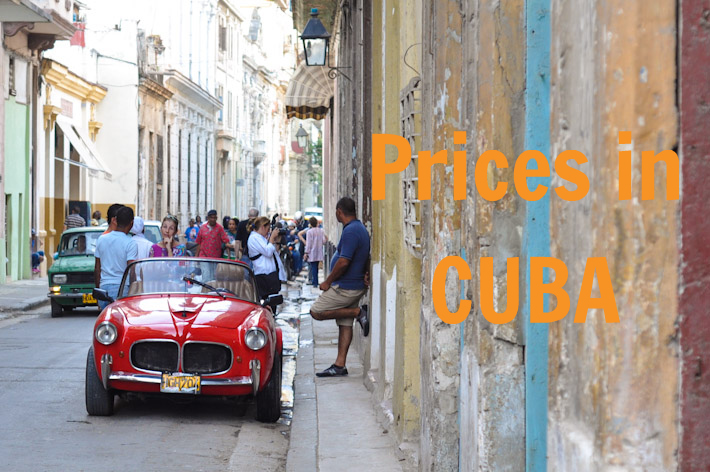


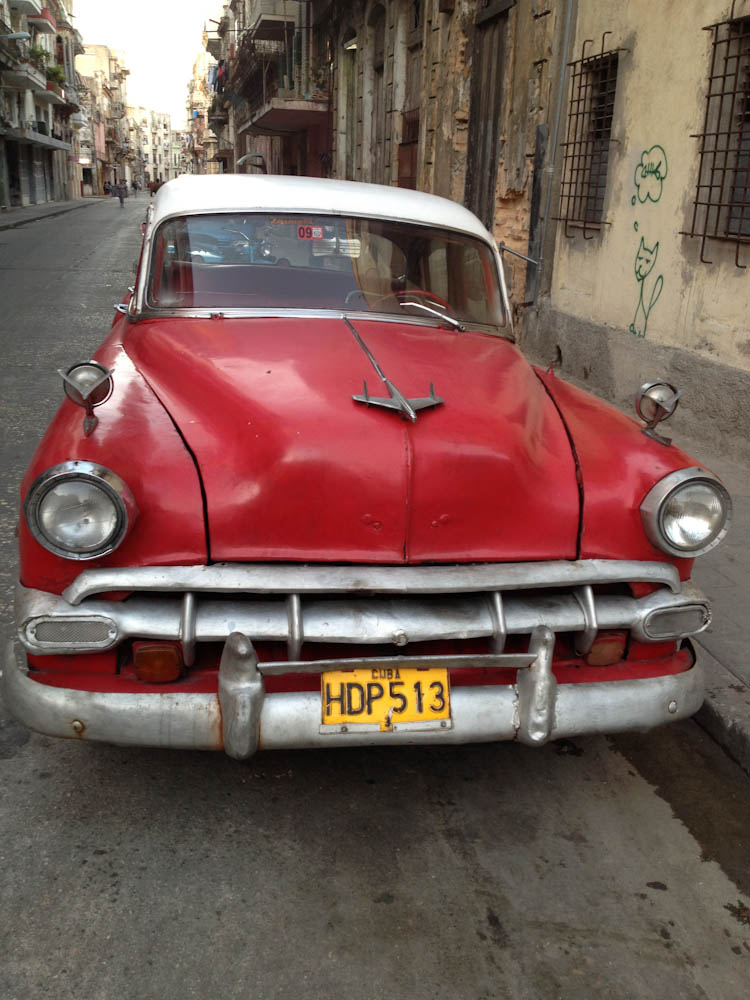
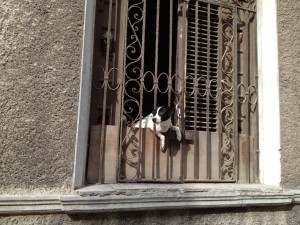
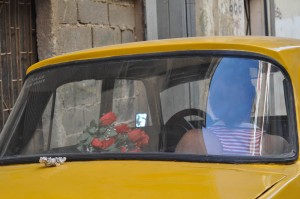
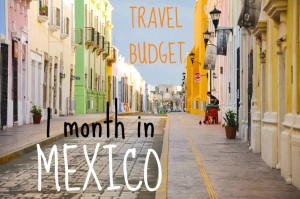
Pingback: Casa Particular: the alternative to hotels & resorts in Cuba | Backpack Me
this country is not cheap at all, some stuffs are cheap , but according to salery its very costly everything as….cola ,yogurt,,milk,internet card,lunch meal,dinner,shoes price ,prostitute very costly,even more cheap in portugal where salery is minimus 800 euros to 1000
There are no more exit visas. Cubans are currently free to leave the country, as long as they have money (as everywhere), and many do, usually to poorer countries (Panama, Guyana).